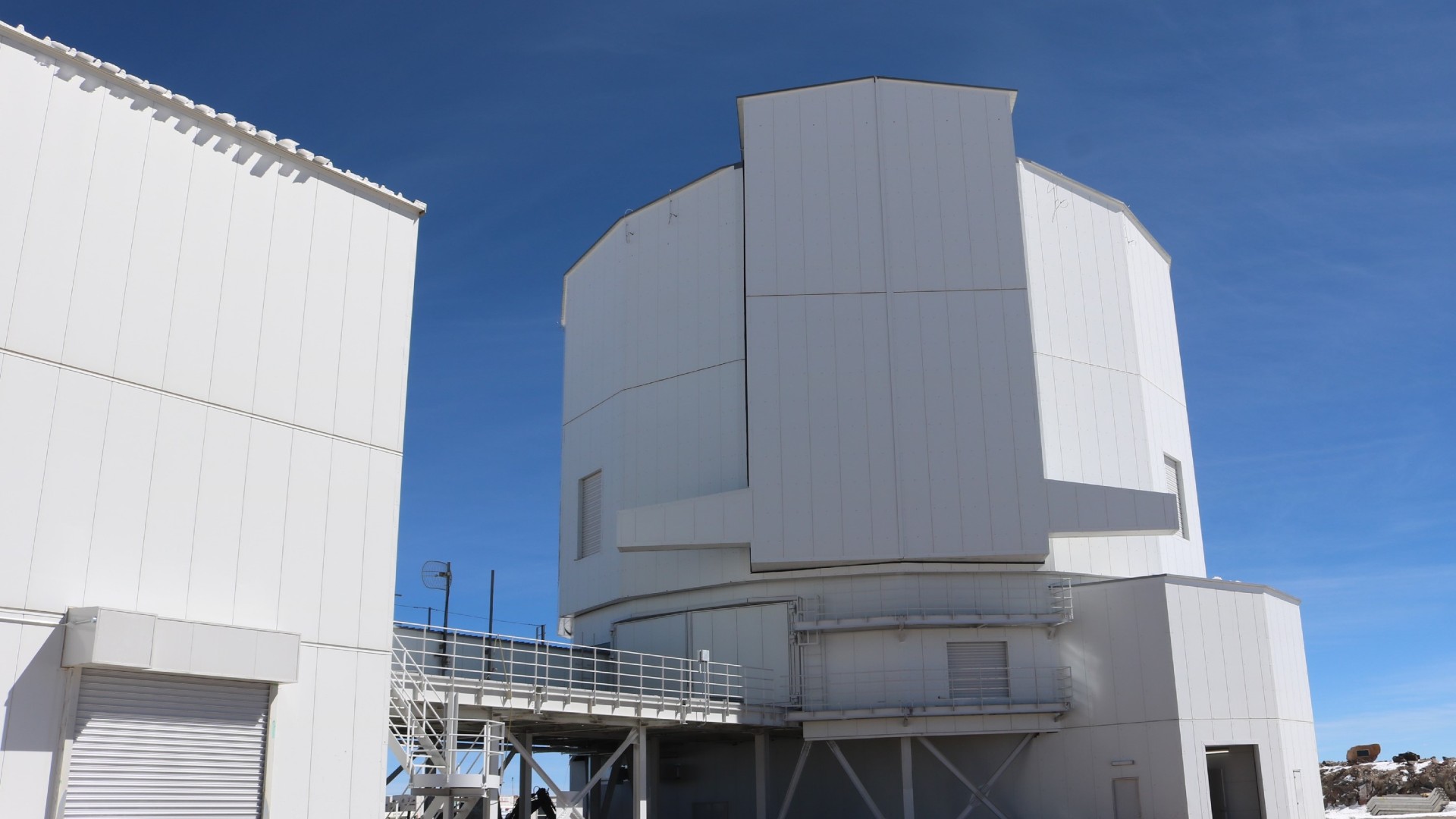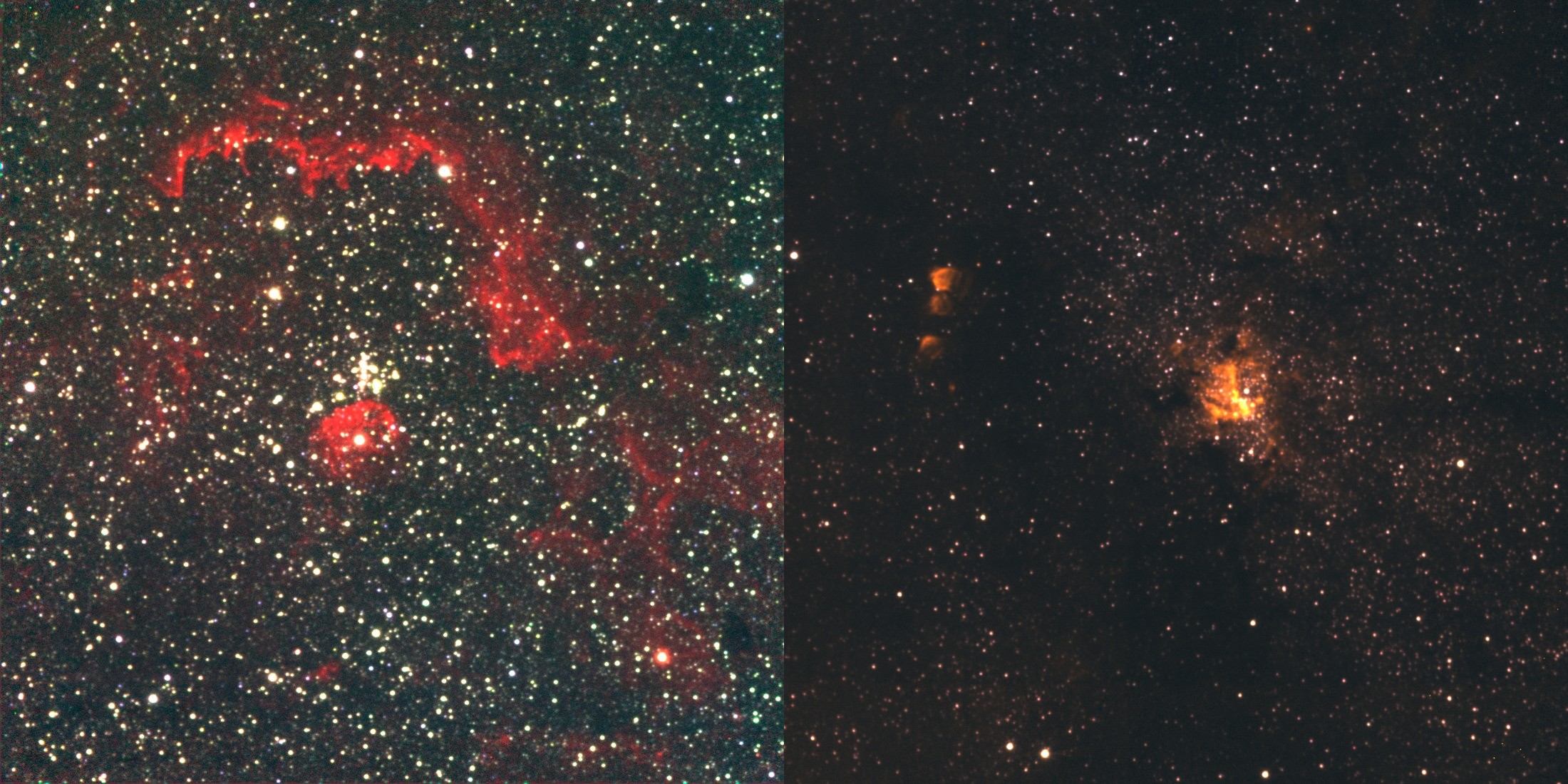The highest observatory on Earth sits atop Chile's Andes Mountains — and it's finally open
"The better astronomical observations of the real thing can be, the more accurately we can reproduce what we see with our experiments on Earth."

A new telescope billed as the world's highest astronomical site is officially open for business.
The Japanese University of Tokyo Atacama Observatory, or TAO, which was first conceptualized 26 years ago to study the evolution of galaxies and exoplanets, is perched on top of a tall mountain in the Chilean Andes at 5,640 meters (18,500 feet) above sea level. The facility's altitude surpasses even the Atacama Large Millimeter Array, which is at an elevation of 5,050 meters (16,570 feet).
TAO is located on the summit of Atacama's Cerro Chajnantor mountain, whose name means "place of departure" in the now-extinct Kunza language of the indigenous Likan Antai community. The region's high altitude, sparse atmosphere and perennially arid climate is deadly to humans, but makes an excellent spot for infrared telescopes like TAO as their observational accuracies rely on low moisture levels, which render Earth's atmosphere transparent in infrared wavelengths.
Related: See the Milky Way sparkle with two telescopes in Chile's Atacama Desert in this stunning photo
Constructing the telescope on the summit of Mt. Chajnantor "was an incredible challenge, not just technically, but politically too," Yuzuru Yoshii, a professor at the University of Tokyo in Japan who spearheaded TAO since 1998, said in a statement. "I have liaised with Indigenous peoples to ensure their rights and views are considered, the Chilean government to secure permission, local universities for technical collaboration, and even the Chilean Health Ministry to make sure people can work at that altitude in a safe manner."
"Thanks to all involved, research I've only ever dreamed about can soon become a reality, and I couldn't be happier," he added.
TAO's 6.5-meter telescope consists of two science instruments designed to observe the universe in infrared, which is electromagnetic radiation with a wavelength longer than visible light but shorter than microwaves.
Get the Space.com Newsletter
Breaking space news, the latest updates on rocket launches, skywatching events and more!
One of the instruments, named SWIMS, will image galaxies from the very early universe to understand how they coalesced out of pristine dust and gas, a process whose specifics remain murky despite decades of research.
The second, named MIMIZUKU, will aid the overarching science goal by studying primordial disks of dust within which stars and galaxies are known to form, according to the mission plan.
"The better astronomical observations of the real thing can be, the more accurately we can reproduce what we see with our experiments on Earth," Riko Senoo, a graduate student at the University of Tokyo and a TAO researcher, said in the statement. "I hope the next generation of astronomers use TAO and other ground-based and space–based telescopes to make unexpected discoveries that challenge our current understanding and explain the unexplained," added Masahiro Konishi, a research associate at the University of Tokyo.
Before the newly opened telescope was built, Yoshii and his colleagues also assembled and operated a 1-meter telescope on the mountaintop in 2009. Dubbed miniTAO, the tiny telescope imaged the center of the Milky Way, our home galaxy. Two years later, miniTAO received the Guinness World Record for the highest astronomical observatory on Earth.

Although the observatory was being discussed for the past 26 years, on-site work began only in 2006 when the first access road to Mt. Chajnantor's summit was paved and a weather monitor installed soon after.
Prior to construction of the telescope, astronomers and members of the local community, which considers Mt. Chajnantor sacred, purified the construction site and held a "ground-breaking ceremony for the purpose of praising God's forgiveness, safety of the construction and success of the project," according to a previous news release by the project team.
Join our Space Forums to keep talking space on the latest missions, night sky and more! And if you have a news tip, correction or comment, let us know at: community@space.com.

Sharmila Kuthunur is a Seattle-based science journalist focusing on astronomy and space exploration. Her work has also appeared in Scientific American, Astronomy and Live Science, among other publications. She has earned a master's degree in journalism from Northeastern University in Boston. Follow her on BlueSky @skuthunur.bsky.social
-
billslugg A well run campaign to site the telescope. They went in early, met with the locals/indigenous peoples, got all their needs met. Everything else fell into place. It's called "laying a good foundation".Reply -
MikeMc Reply
Well I don’t know what it looks like but both telescopes have a 6.5 m primary mirror. I guess Jr. in the sense that JWST is much higher up, so it can see further back in time due to less interference.Helio said:This looks like a JWST, Jr. on Earth, is it not? -
Helio Reply
Yep, the latter point makes it a Jr. I assume it’s IR spectral sensitivity is about the same, but perhaps I’m wrong.MikeMc said:Well I don’t know what it looks like but both telescopes have a 6.5 m primary mirror. I guess Jr. in the sense that JWST is much higher up, so it can see further back in time due to less interference.








